First eye patient receives synthetic cornea
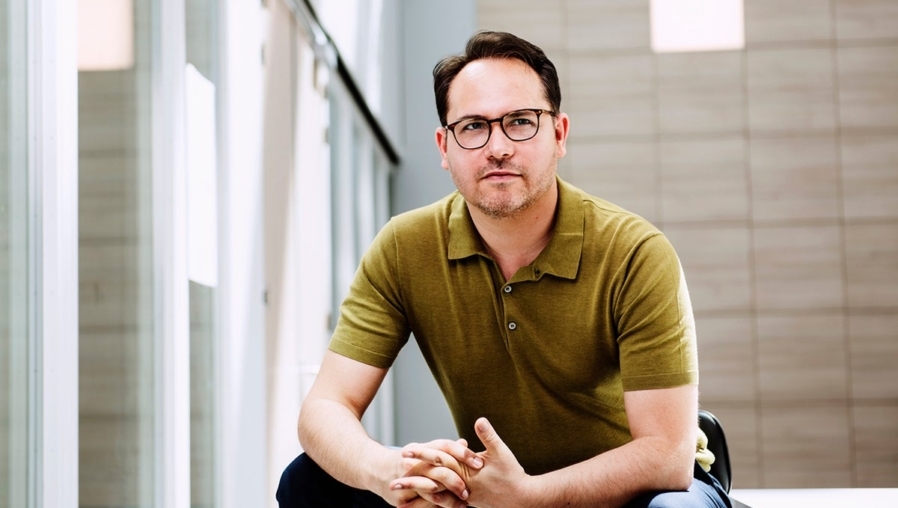
For the first time in Utrecht, a synthetic cornea was transplanted into a patient with a complex eye condition. The artificial cornea is an interesting alternative due to the donor shortage, and is a prelude to regenerative corneal transplants with cultured cells.
‘With my research, I am pushing for these types of implants to become regenerative. That means they will also contain cells and thus actually repair the cornea. The current synthetic implant can be a prelude to that, because this kind of material can also be the carrier of those cells,’ said UMC Utrecht professor of ophthalmology Mor Dickman, who recently performed the transplant with the synthetic cornea.
Major shortage of donor corneas
About 2,000 cornea transplants take place in the Netherlands every year, making it the most frequently performed transplant. Many of the recipients of such a transplant are elderly people, but younger patients and children also sometimes receive a cornea. Unfortunately, there is a huge shortage of donor corneas: there is about 1 donor for every 70 patients.
Corneal transplantation at UMC Utrecht.
An alternative graft
Because of the donor shortage, there is a great drive to find alternatives. It is the personal motivation of Professor of Ophthalmology Mor Dickman, who is now placing a synthetic corneal transplant in Utrecht for the first time. ‘This implant is made of a kind of contact lens material,’ he explains. ‘In this case, it replaces the inner part of the cornea.’
In the Netherlands, this technique is particularly interesting for patients with a high risk of rejection or graft failure. Mor: ‘These include patients with multiple previous transplants, a history of rejection, or after glaucoma surgery where small tubes are placed in the eye. There are also patients who do not want to receive donor tissue for cultural or religious reasons, and then this can be an alternative.’
Towards regenerative treatment
The synthetic implant was developed by a company, Eye-Yon. ‘Currently, we only apply this technique to the most complex cases,’ says Mor. ‘With further refinement and development, this technique could be a solution for a wider patient group in the future.’ An additional advantage is that a synthetic implant presents much less logistical challenges than a donated cornea.
In the further future, Mor sees other developments ahead. ‘With my research, I am pushing for these kinds of implants to become regenerative. That means they will also contain cells and thus actually repair the cornea. The current synthetic implant can be a prelude to that, because this kind of material can also be the carrier of those cells.’
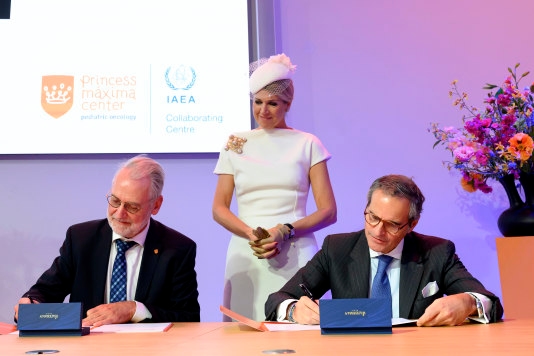
Princess Máxima Center and International Atomic Energy Agency join forces to improve radiotherapy treatments for children
In the presence of Her Majesty Queen Máxima, representatives of the Princess Máxima Center and the International Atomic Energy Agency (IAEA) today signed a four-year partnership aimed at improving practical knowledge on the use of radiotherapy for children with cancer.
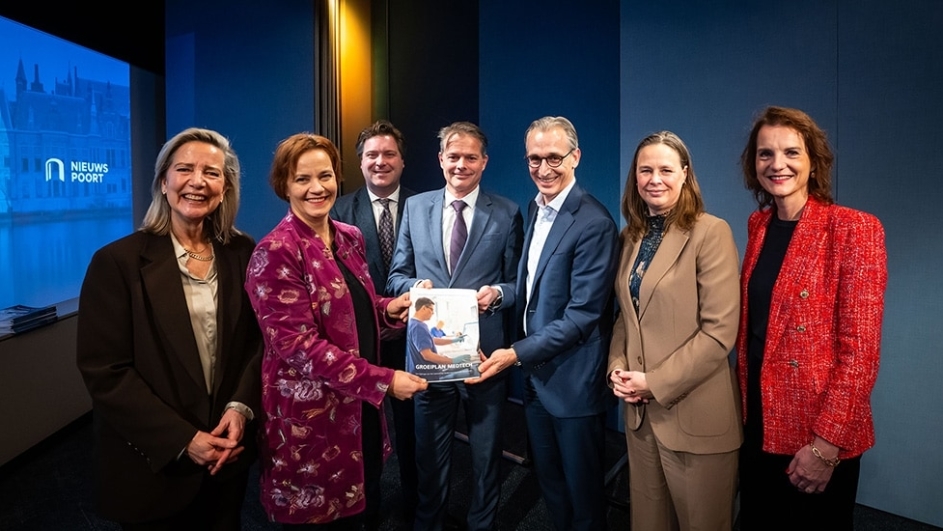
MedTech sector launches national growth plan: technology must support Dutch healthcare and structurally strengthen economic growth
The Dutch MedTech sector is presenting an ambitious growth plan today that aims to elevate the Netherlands to the European top by 2035. UMC Utrecht contributed to this plan, and it was co-presented by Carina Hilders (Chair of the UMC Utrecht Executive Board).
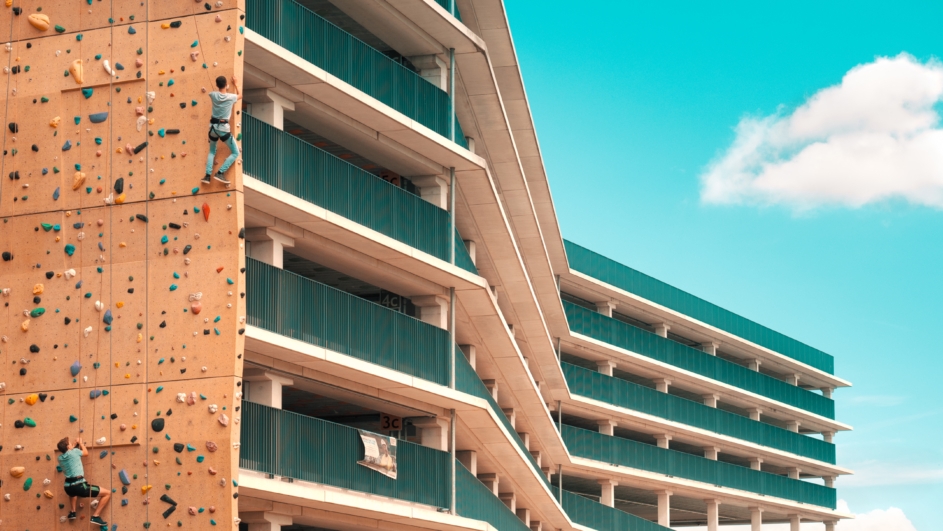
Parking rates at Utrecht Science Park to change from 1 January 2026
From 1 January 2026, parking rates at Utrecht Science Park will be adjusted. The Municipality of Utrecht and the owners of the publicly accessible parking facilities at Utrecht Science Park have reached a joint agreement on this.
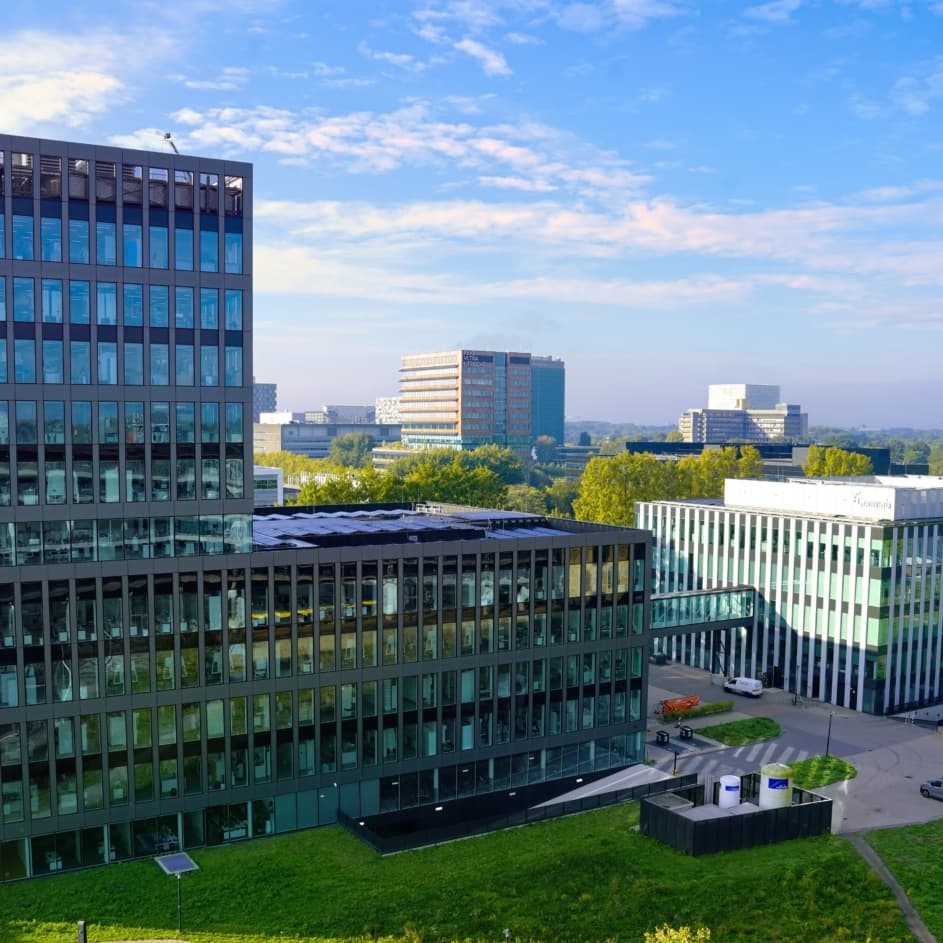
Wennink plan: Life Sciences and biotechnology are important growth drivers for the earning capacity of the Netherlands
The Dutch Life Sciences and biotechnology sector can make a much larger contribution to the Netherlands’ economic strength. This is shown in a new growth strategy presented today as part of Peter Wennink’s advisory report. The report also highlights Utrecht Science Park as one of the key innovation locations and sources of progress and growth.